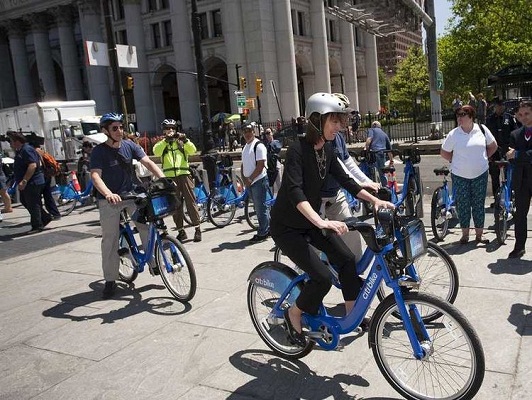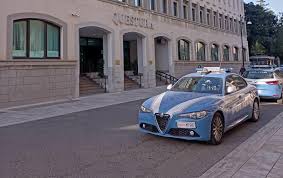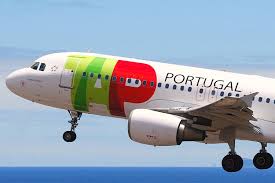Italy: Bike to work, get paid

Bari: The southern Italian city of Bari is keen to get more of its citizens cycling to work. So keen, in fact, that it’s prepared to pay them.
Starting in February, the city of roughly 330,000 residents will fit up to 1,000 participating bikes owned by individuals with GPS devices to measure mileage and award riders €0.20 per kilometer (about $0.36 per mile) for any bike journey between home and work.
For bike journeys other than work commutes, participants will get €0.04 per kilometer, with the overall amount of money handed over (by bank transfer) in a month capped at €25 per person. Not a bad windfall for people who just want to get from point A to point B.
The plan, while unusual, should still ring a bell for many bike enthusiasts. France introduced a similar scheme (organized by a company, rather than, as in Bari’s case, by municipality) to encourage employees to bike to work in 2014. Milan tried something similar the following year. Cash bonuses for people switching from cars to bikes also exist in (among other places) the Dutch province of Brabant—a scheme that is proving successful enough that the Netherlands is now considering rolling it out nationally.
The public health and congestion-busting advantages of getting more people cycling seem obvious. Such schemes have nonetheless had a mixed reception in the past, with some falling short of intended goals. So what do these programs need to succeed? And does Bari have what it takes?
In a survey of Copenhagen cyclists, just 6 percent of respondents said they rode because it was cheaper.
France’s pilot get-paid-to-bike scheme of 2014 makes for a useful comparison. It did have some positive effects, but according to CityLab’s own reporting at the time, they were modest rather than spectacular. While participating companies saw a 19 percent jump in ridership, most of this shift came from people who already car-pooled. That meant only a modest 5 percent reduction in cars on the road among commuting employees. This is a valuable swing, but doesn’t itself suggest a pronounced shift.
This may have been because incentives to drive, such a free parking at work, were not removed. In fact, if you look at cities where cycling is very popular, reduced costs in themselves are not necessarily a major motivating factor in transit habits. In a survey of Copenhagen cyclists, just 6 percent of respondents said they rode because it was cheaper. The most common reason given was convenience. For many in the Danish capital, good bike infrastructure and limits on inner-city car traffic mean that cycling is simply the quickest and easiest way to get around.
It’s thus unlikely that a scheme like Bari’s could significantly alter daily cyclists’ numbers in the city if it did so in isolation from other plans. It does, however, have another bonus up its sleeve. Funded by national government, Bari will also reimburse people for part of the cost of buying a bike from a city-approved dealer: €100 for second-hand bikes, €150 for new ones, and €250 for e-bikes. While the funding is less generous than the (up to) $1,200 offered by Oslo to buyers of electric cargo bikes, there should be enough left in the pot to help fund a not-inconsiderable 3,000 bikes.





